- All Flags
- Flags of Countries by Continent
-
Flags of Organizations
- Flags of UN countries
- Flags of the European Union countries
- Flags of NATO countries
- Flags of the countries of the Organization of Islamic Cooperation
- Flags of the countries of the Organization of American States
- Flags of the Arab League countries
- Flags of the African Union countries
- Flags of the countries of the Union of South American Nations
- Flags of the Commonwealth of Nations
- Flags of the countries of the Secretariat of the Pacific Community
- Flags of the Nordic Council countries
- Flags of the Caribbean Community
- Flags of the countries of the Association of Southeast Asian Nations
- Flags of the East African Community
- Flags of the countries of the Organization of Turkic States
- LGBT Community Flags
- Historical Flags
- Ethnic Flags
- Flags of the USA (states)
Cameroon Flag
The national flag of the Republic of Cameroon is a vibrant and deeply symbolic emblem that encapsulates the nation's journey from colonial division to a unified, independent state. Adopted on May 20, 1975, the flag represents the culmination of historical struggles, the rich cultural diversity of its people, and its aspirations for peace, unity, an..
Flag of Afghanistan (Islamic Republic of Afghanistan)
The national flag of Afghanistan, as it was officially recognized by the international community and flown by the legitimate government of the Islamic Republic of Afghanistan from 2004 until August 2021, is a profound symbol of the nation's complex history, its enduring struggles for independence, and its aspirations for a democratic, prosperous, a..
Flag of Albania
The flag of Albania is a striking and instantly recognizable national symbol, embodying centuries of struggle for independence, resilience against foreign domination, and the proud heritage of its people. Dominated by a bold red field featuring a black double-headed eagle, it's a testament to the nation's unique identity and its enduring spirit. Th..
Flag of Algeria
The national flag of Algeria is a powerful and resonant symbol, embodying the nation's arduous struggle for independence, its rich Arab-Berber heritage, and its deep-rooted Islamic identity. More than just a piece of cloth, it is a testament to the resilience, courage, and unwavering spirit of the Algerian people who fought for over a century again..
Flag of Andorra
The flag of Andorra is a vibrant and compelling symbol that encapsulates the unique history, independent spirit, and constitutional structure of one of Europe's smallest and most ancient co-principality. Its design, a vertical tricolor of blue, yellow, and red, with the nation's coat of arms prominently placed in the center, tells a story of sovere..
Flag of Angola
The national flag of Angola is a powerful and evocative symbol, deeply interwoven with the nation's tumultuous struggle for independence, its revolutionary past, and its enduring aspirations for peace, progress, and social justice. Adopted on November 11, 1975, the very day Angola declared its independence from Portugal, the flag serves as a vivid ..
Flag of Antigua and Barbuda
The national flag of Antigua and Barbuda is a vibrant and dynamic symbol that tells the story of the nation, its struggle for freedom, and its hopes for the future. Adopted in 1967, the flag's unique design reflects the country's natural beauty, its African heritage, and its aspiration for progress. The flag is a powerful source of national pride, ..
Flag of Argentina
The flag of Argentina is one of the most famous and revered national symbols in the world. With its bright blue and white stripes and the iconic "Sun of May" in the center, it is a powerful embodiment of the nation's history, its struggle for freedom, and its deep connection to nature. This flag is not just a piece of cloth but a living story of th..
Flag of Armenia
The national flag of Armenia, often referred to as the Armenian Tricolour (Եռագույն, Yeraguyn), is a powerful and enduring symbol of the nation's rich history, its resilience in the face of adversity, and the aspirations of its people. Unlike some flags that have seen frequent changes, the Armenian flag's design has remained remarkably consistent i..
Flag of Australia
The Australian National Flag is a profound symbol of the nation's history, its unique geography, and its political foundation. While a subject of ongoing debate for some, for the majority of Australians, it is a source of national pride and a powerful representation of their identity. The flag’s design, chosen in a national competition follow..
Flag of Austria
The flag of Austria is a striking and historically rich national symbol, renowned for its simple yet powerful design: three horizontal stripes of red, white, and red. This iconic banner is not just a vibrant display of colors; it embodies centuries of Austrian history, a testament to resilience, and a deep sense of national identity. Its origins ar..
Flag of Azerbaijan
The national flag of Azerbaijan, a vibrant and deeply symbolic banner, serves as a powerful emblem of the nation's rich history, its cultural identity, and its aspirations for an independent and prosperous future. Known as the "Üçrəngli Bayraq" (The Tricolour Flag), it embodies a unique blend of Turkic heritage, Islamic faith, and a mod..
Flag of Bahrain
The national flag of the Kingdom of Bahrain is a powerful and iconic symbol, deeply rooted in the nation's history, its cultural identity, and its enduring connection to the Arab and Islamic worlds. More than just a colorful banner, the flag of Bahrain, with its distinctive serrated line separating red and white, tells a story of sovereignty, regio..
Flag of Bangladesh
The national flag of Bangladesh is a striking and poignant symbol that embodies the nation's struggle for independence, its vibrant spirit, and its deep connection to its land and people. Far more than just a piece of fabric, the flag, with its vivid green field and off-centred red disc, tells a powerful story of sacrifice, resilience, and the birt..
Flag of Barbados
The national flag of Barbados is a vibrant symbol that tells the story of the island, its natural beauty, and its journey to independence. Its design, adopted on the day of sovereignty, embodies the spirit of the nation and its break from the colonial past. The flag is a powerful source of national pride, serving as a reminder of the country's path..
Flag of Belarus
The flag of Belarus is a potent national symbol, deeply connected to the country's Soviet past while subtly incorporating traditional Belarusian cultural elements. Adopted in 2012, it is a modification of the 1951 flag of the Byelorussian Soviet Socialist Republic (BSSR), serving as a deliberate link to that era. This design choice sets it apart fr..
Flag of Belgium
The flag of Belgium is a powerful and enduring symbol of a nation known for its complex history, linguistic diversity, and pivotal role in European affairs. Its design, a vertical tricolor of black, yellow, and red, embodies the country's struggle for independence, its monarchical heritage, and the national resilience that has defined its journey. ..
Flag of Belize
The national flag of Belize is a vibrant and complex symbol that tells the story of a nation born from its struggle for independence. Its design is deeply intertwined with its colonial past, rich natural resources, and the aspiration for unity. The flag is a source of immense national pride, serving as a constant reminder of Belize’s journey ..
Flag of Benin
The national flag of Benin is a vibrant and historically rich symbol, encapsulating the nation's journey from colonial rule to independence, and its enduring aspirations for prosperity, democracy, and national unity. Originally adopted on November 16, 1959, before the country officially gained full sovereignty, and then re-adopted on August 1, 1990..
Flag of Bhutan
The national flag of Bhutan, known in Dzongkha as the Druk gyal Khadar (meaning "Dragon Kingdom Flag"), is a striking and profoundly meaningful emblem that encapsulates the nation's unique identity, its rich cultural heritage, and its deep spiritual connection to Buddhism. Unlike many flags born from violent revolution or colonial independence, Bhu..
Flag of Bolivia
The flag of Bolivia is a vibrant tricolor that serves as a profound symbol of the country's history, natural riches, and national spirit. Composed of horizontal stripes of red, yellow, and green, it is an embodiment of the memory of the struggle for independence, pride in mineral resources, and hope for the future. The official state flag, used by ..
Flag of Bosnia and Herzegovina
The flag of Bosnia and Herzegovina is a modern and striking national symbol, representing the unique and complex identity of a country that has navigated a challenging post-conflict period to forge a unified future. Adopted in 1998, it replaced a previous design that was never fully embraced by all ethnic groups. This contemporary flag was specific..
Flag of Botswana
The national flag of Botswana is a vibrant and deeply symbolic emblem that encapsulates the aspirations, values, and natural characteristics of this remarkable Southern African nation. Adopted on September 30, 1966, the very day Botswana gained its independence from British rule, the flag serves as a powerful visual testament to the country's peace..
Flag of Brazil
The flag of Brazil is one of the most recognizable and symbolic flags in the world. With its vibrant green field, large yellow rhombus, and a unique celestial globe at its center, it is a powerful representation of the nation's rich nature, vast resources, and philosophical ideals. Known affectionately as the "Auriverde" (gold-green), the flag tell..
Flag of Brunei
The national flag of Brunei Darussalam is a striking and culturally rich symbol that embodies the sultanate's deeply rooted traditions, its unwavering commitment to Islam, and its enduring independence. More than just a piece of cloth, the flag, adopted in its current form on September 29, 1959, and officially raised upon full independence on Janua..

















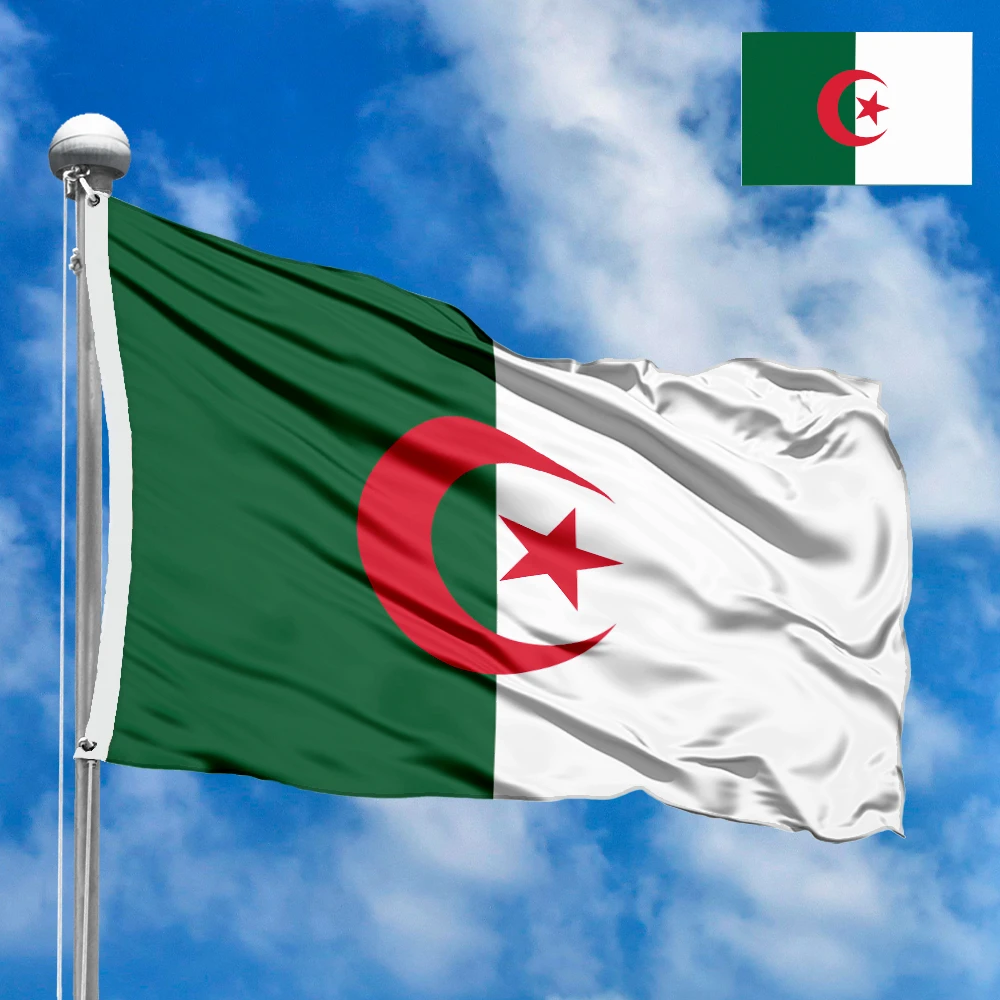



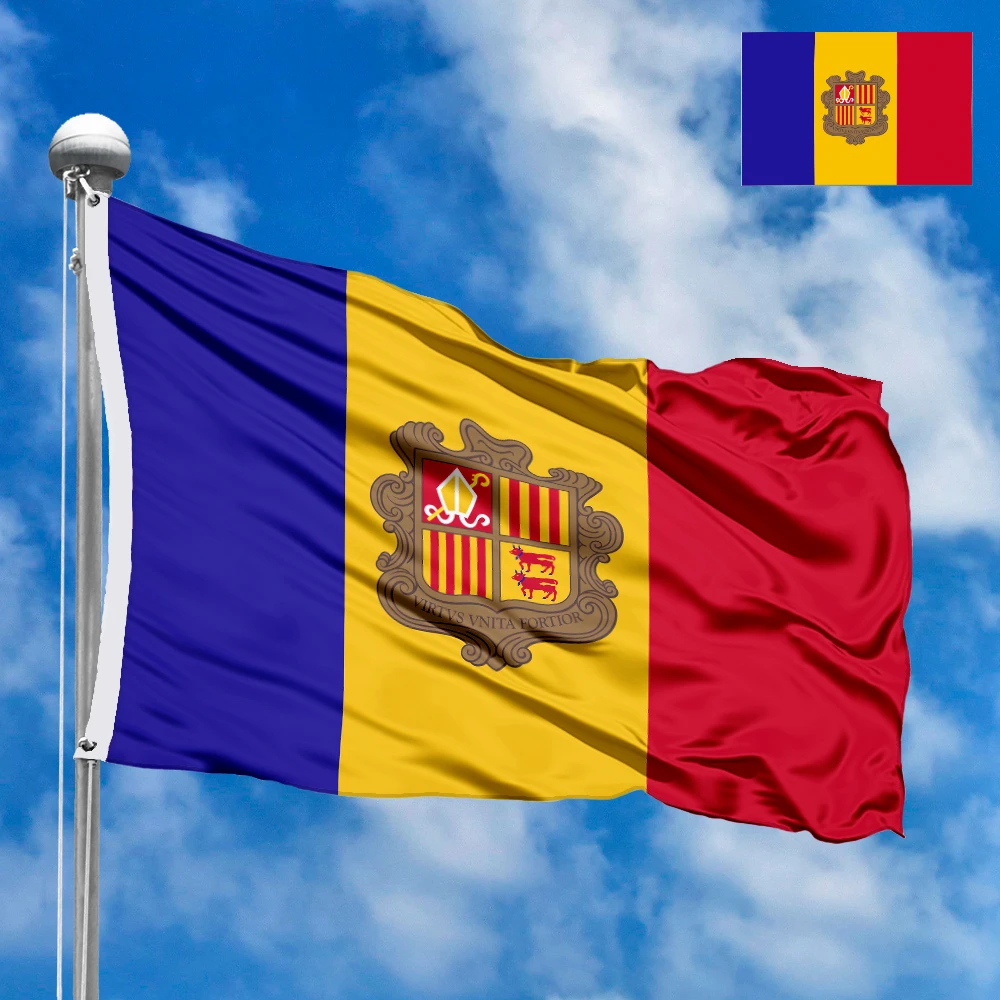



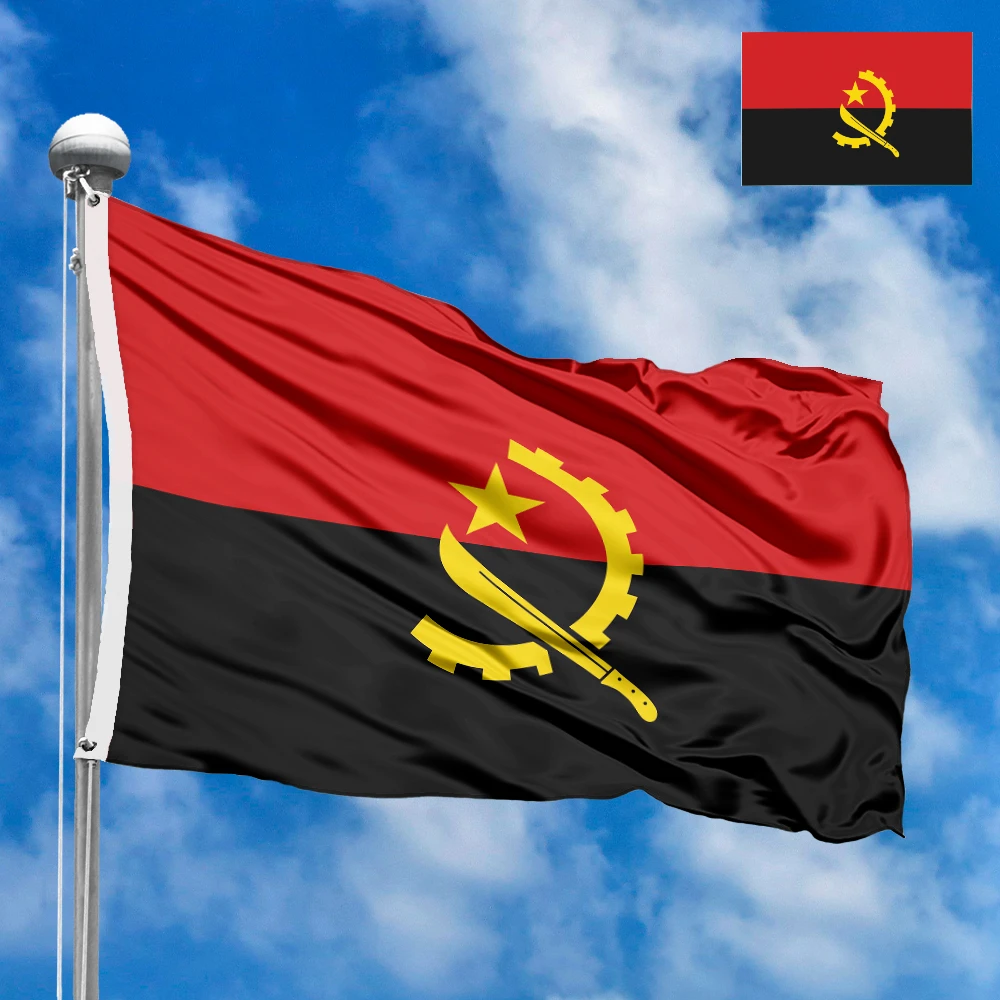







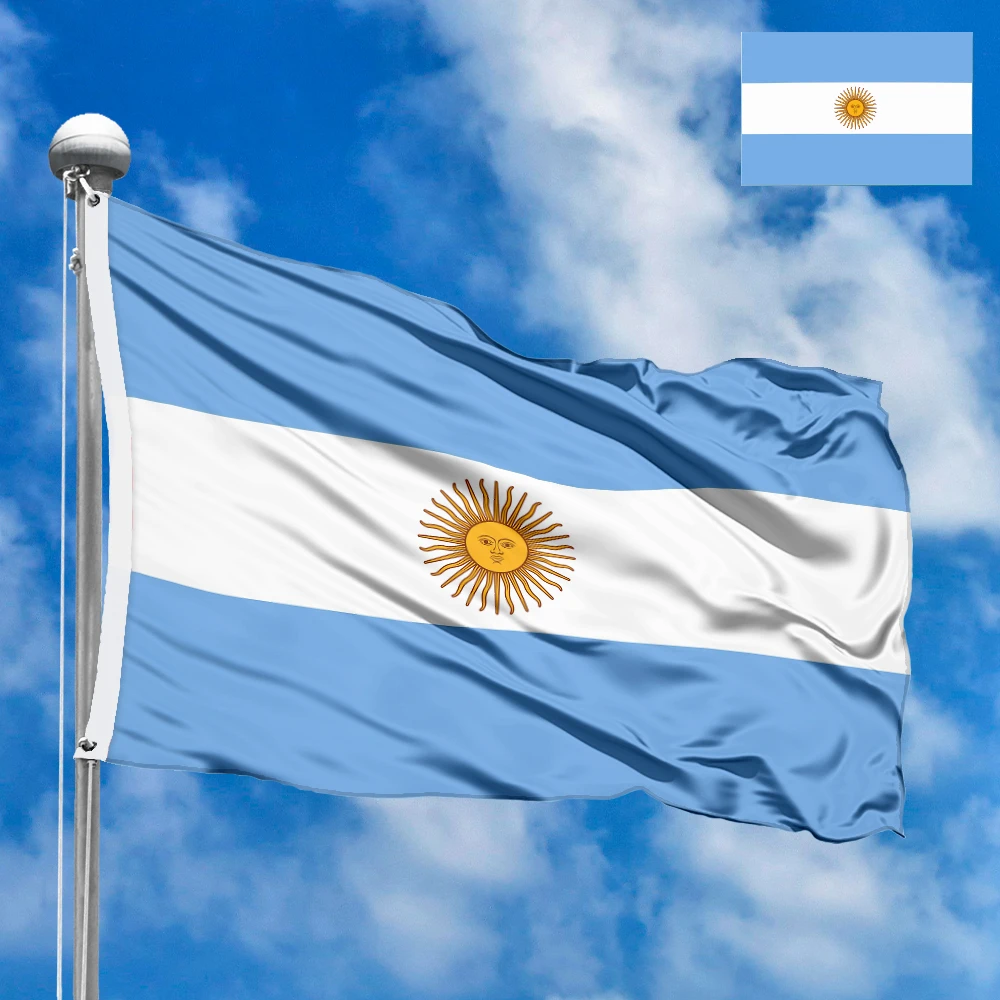







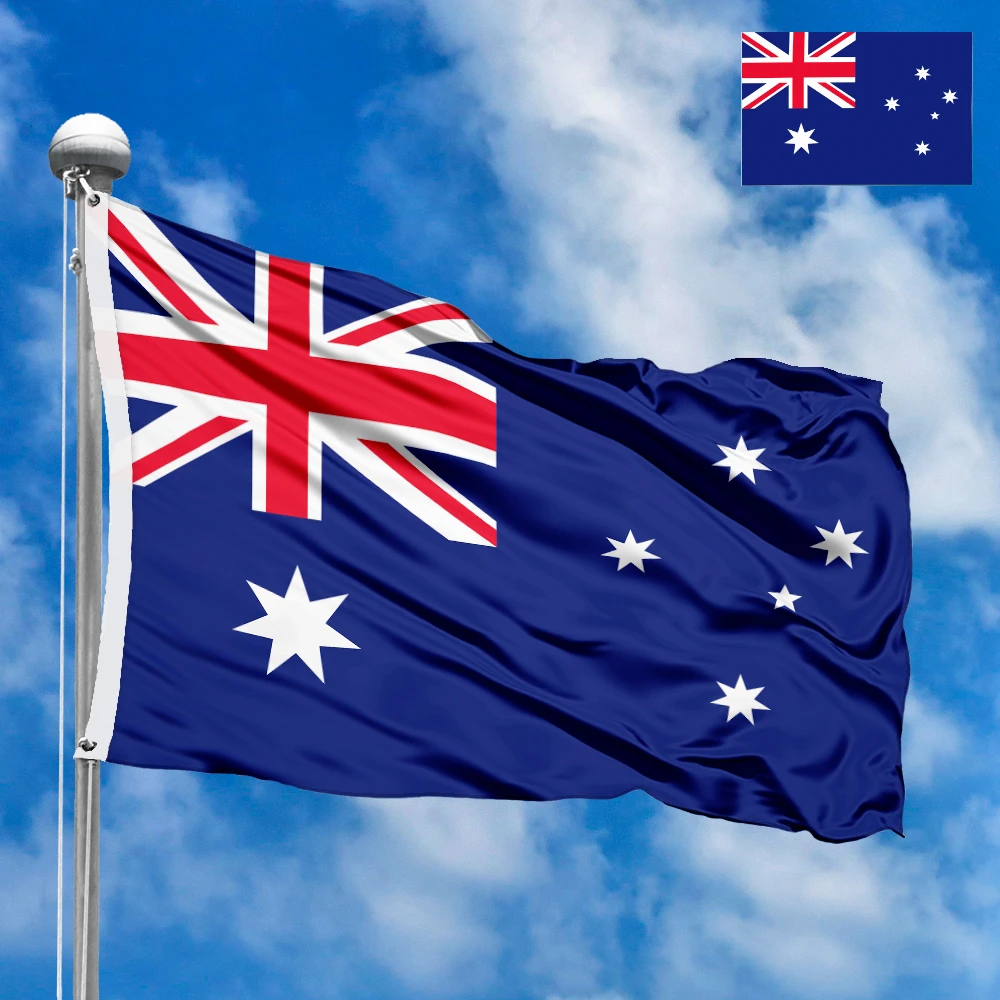















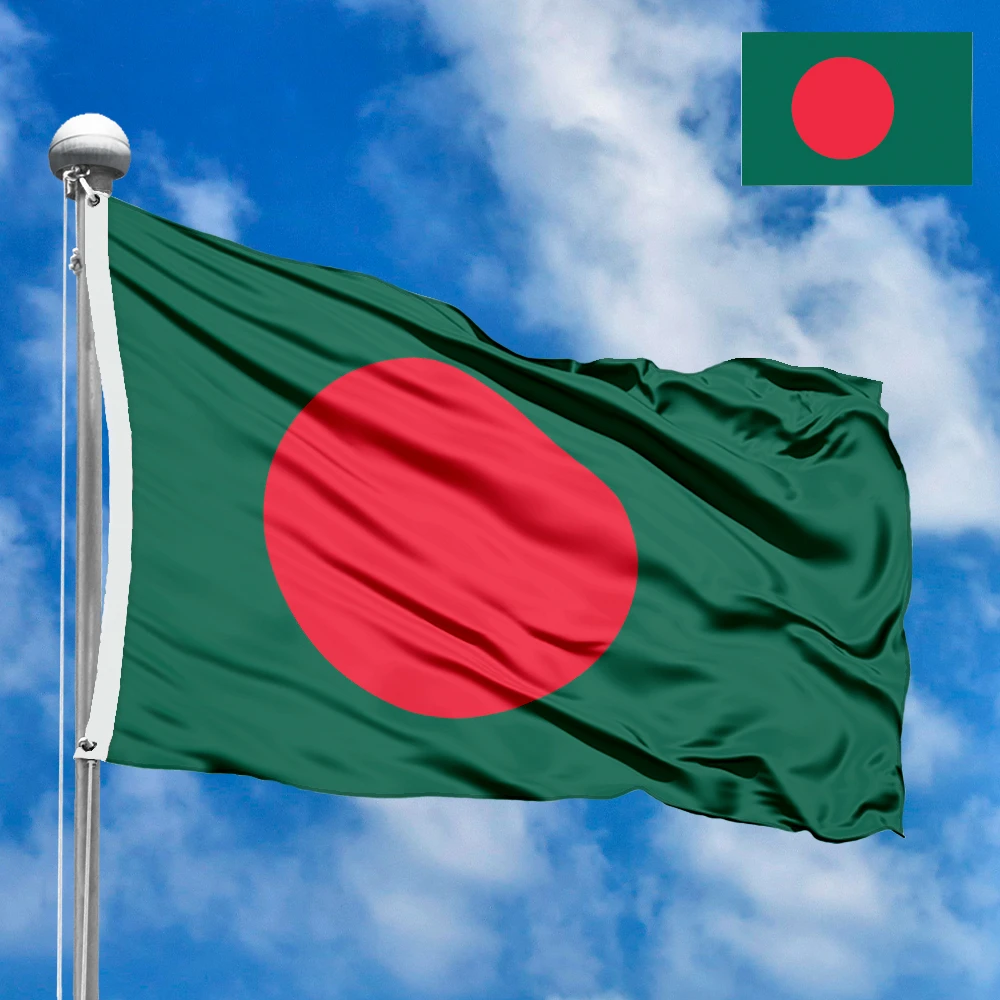



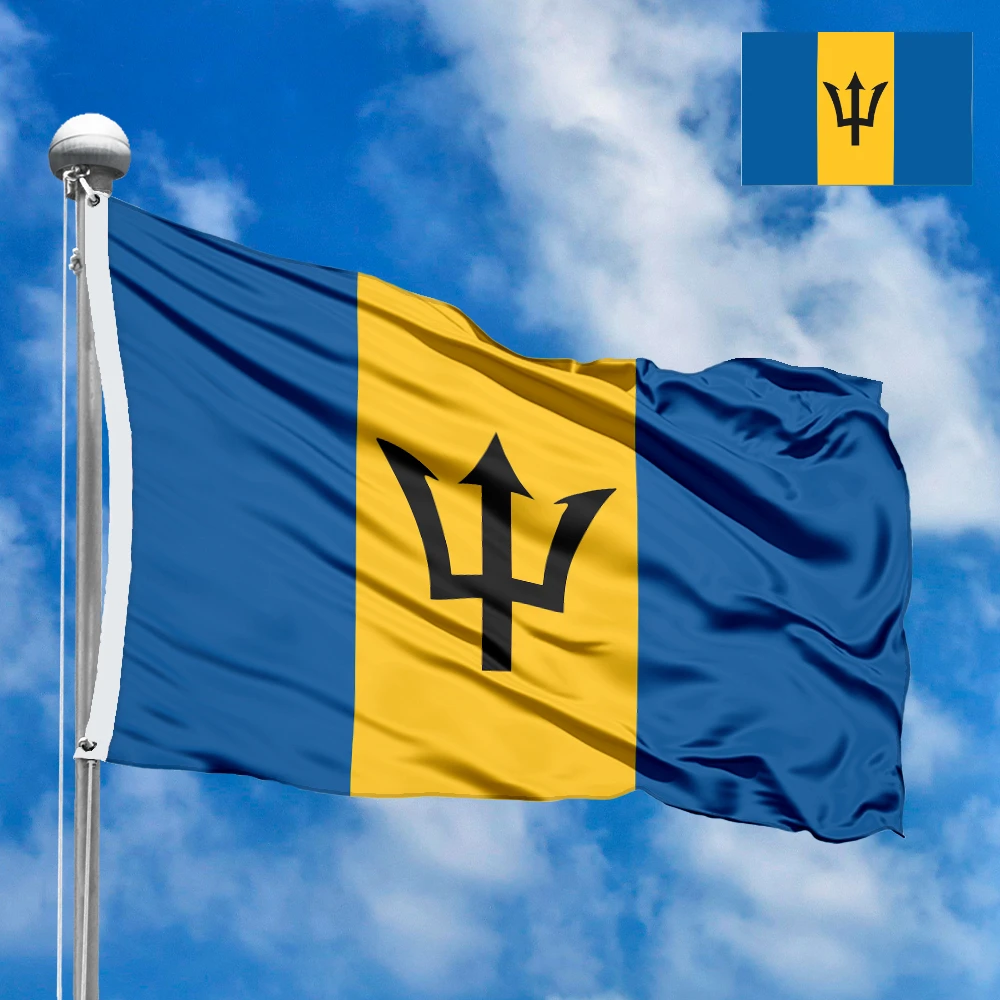











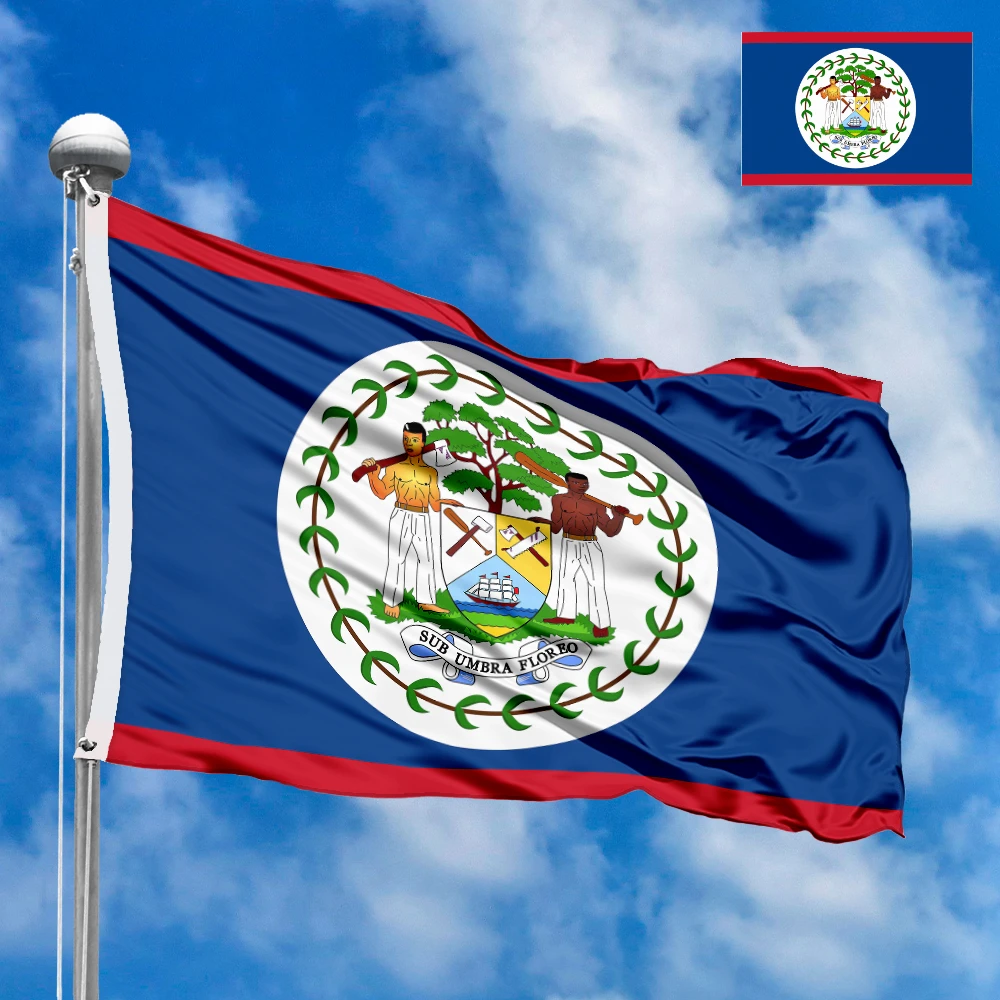















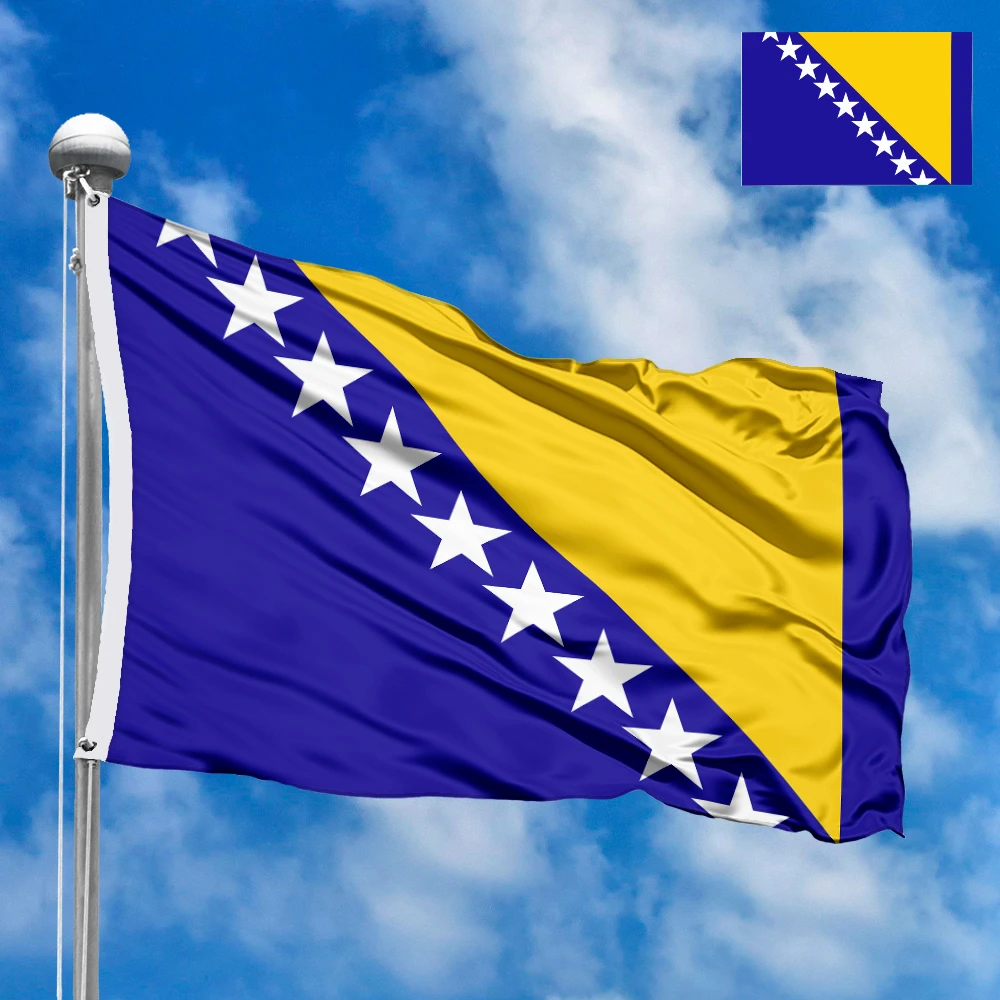



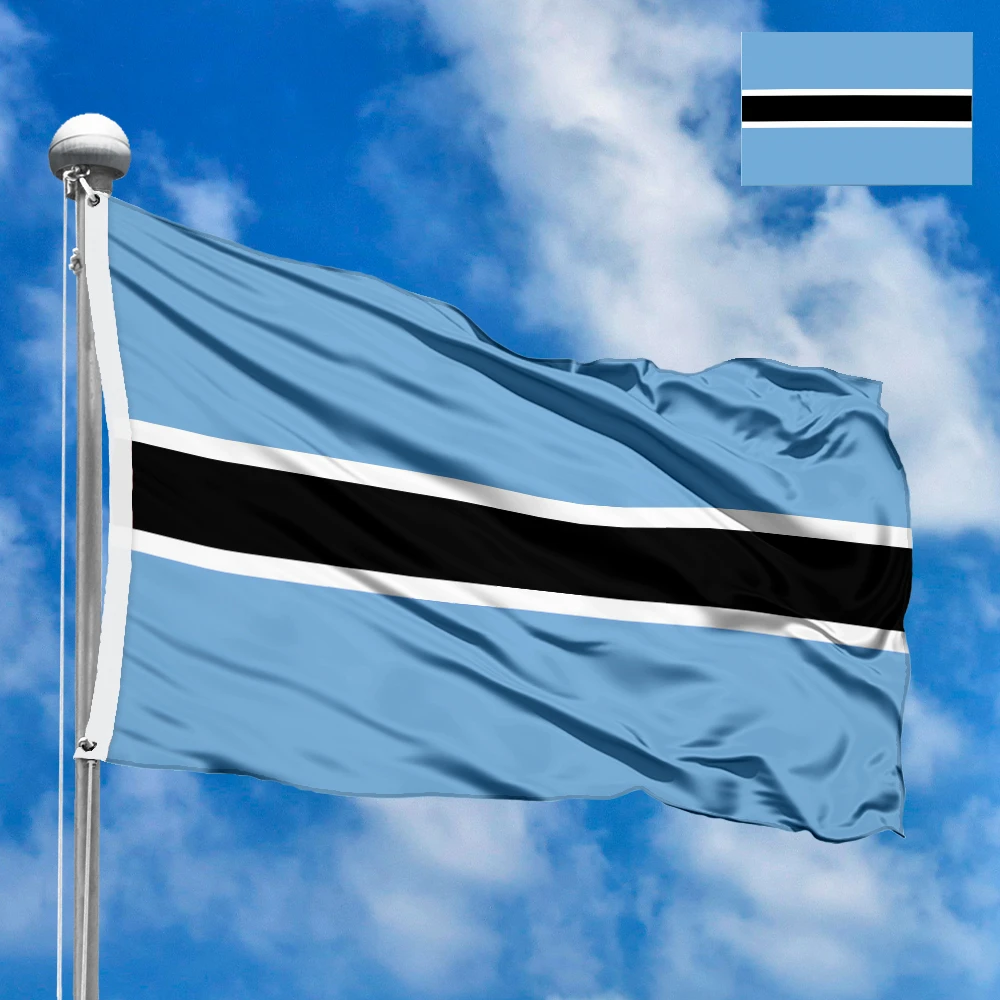



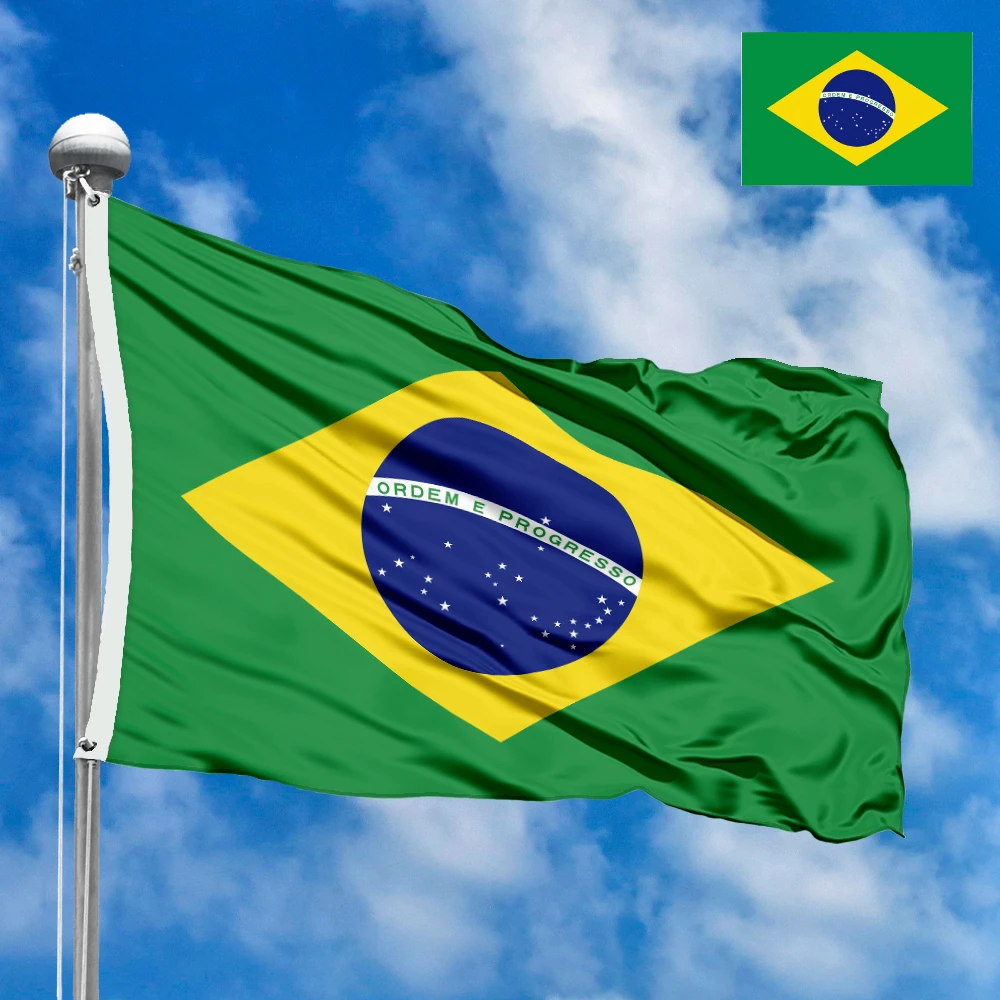



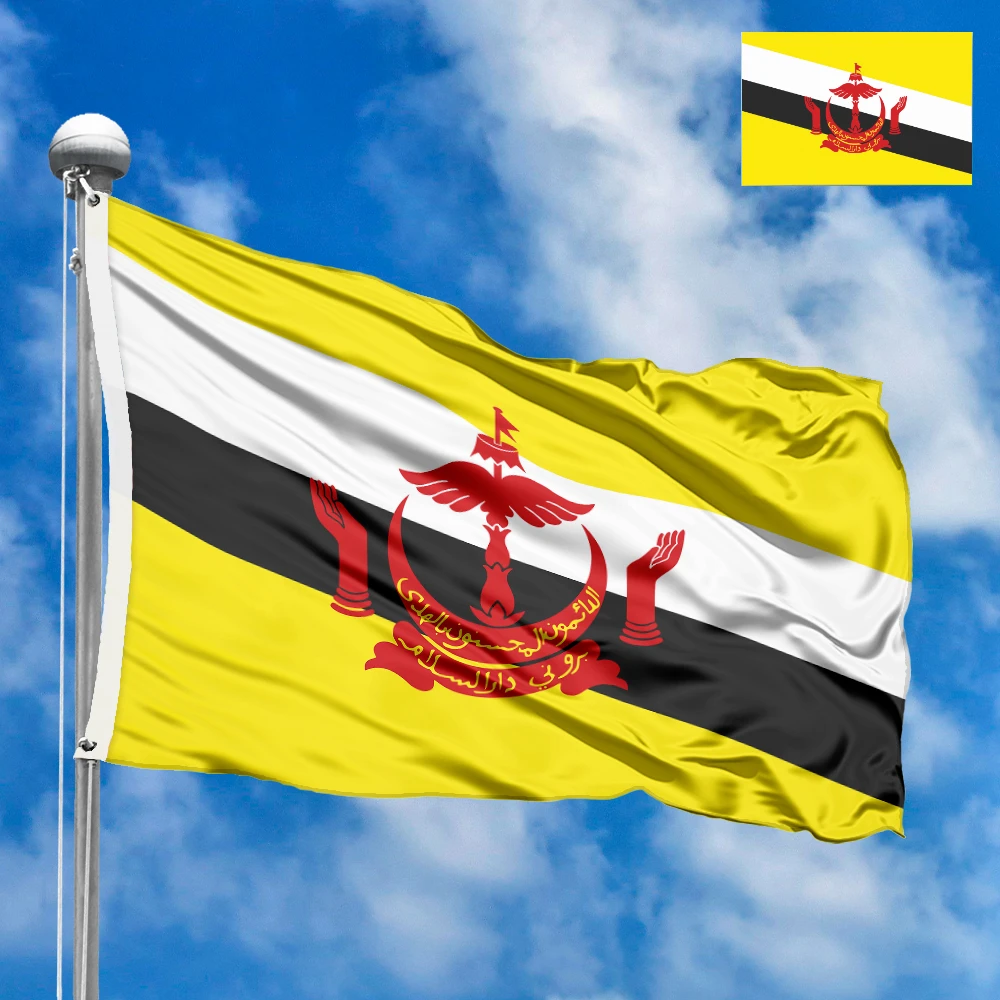
 Flags of Europe
Flags of Europe Flags of Asia
Flags of Asia Flags of Africa
Flags of Africa Flags of North America
Flags of North America Flags of South America
Flags of South America Flags of Australia and Oceania
Flags of Australia and Oceania Flags of Antarctica
Flags of Antarctica Flags of International Organizations
Flags of International Organizations LGBT Community Flags
LGBT Community Flags Historical Flags
Historical Flags Flags of the US States
Flags of the US States Ethnic flags
Ethnic flags